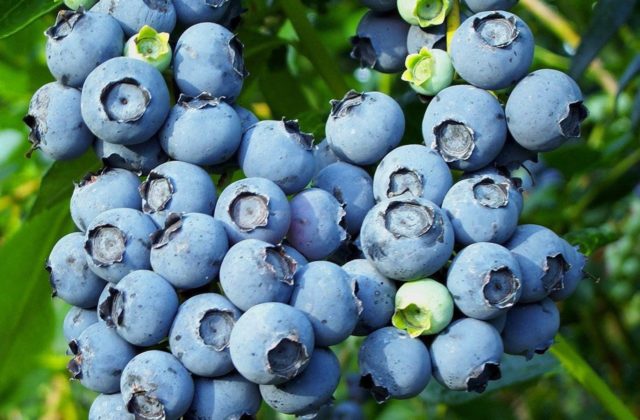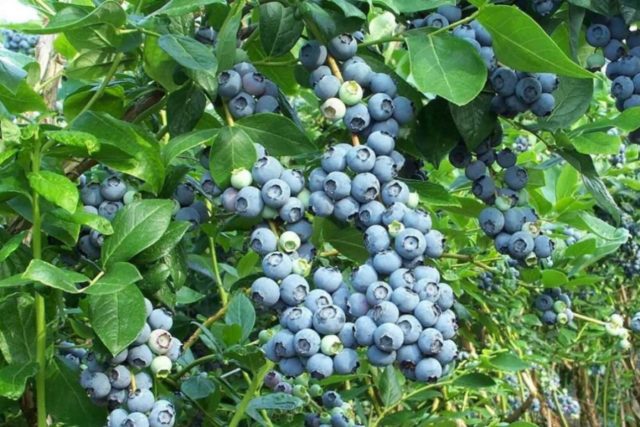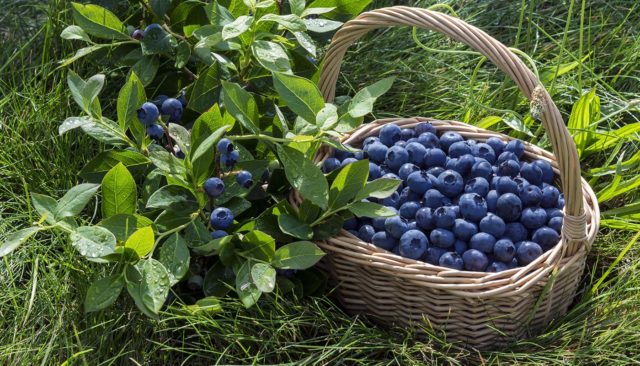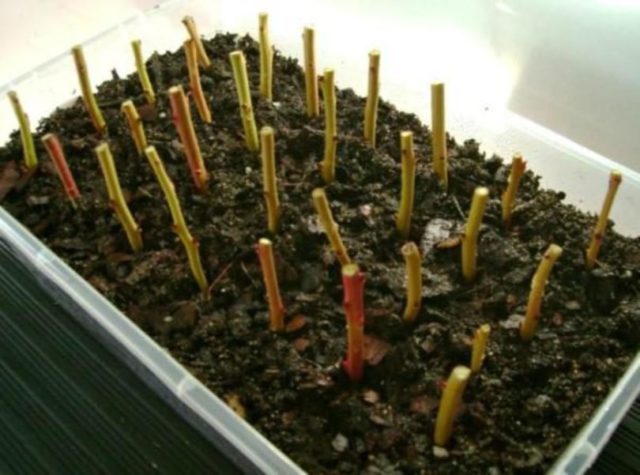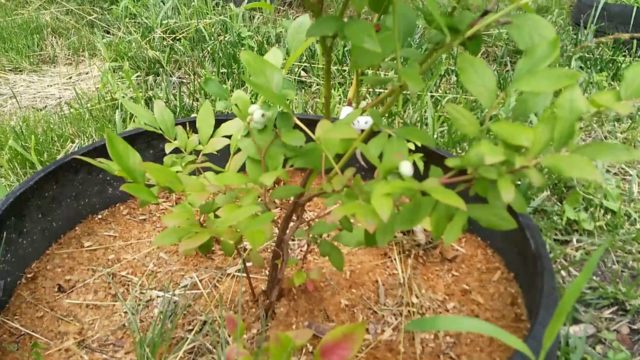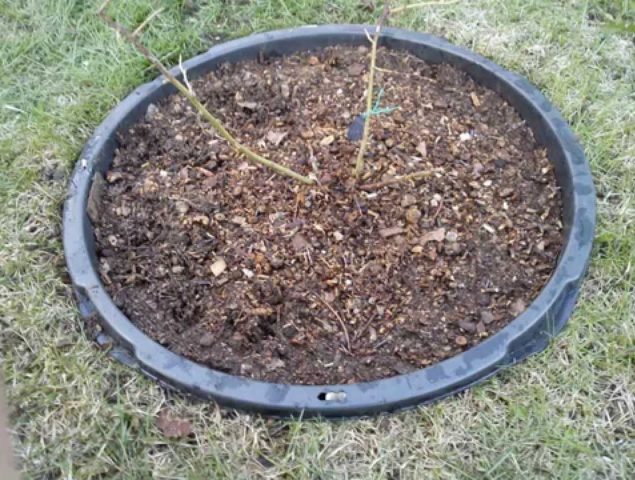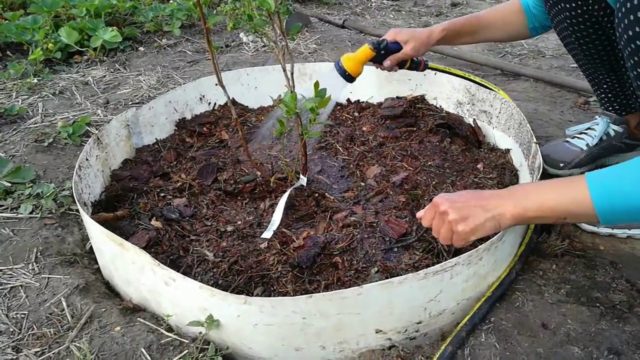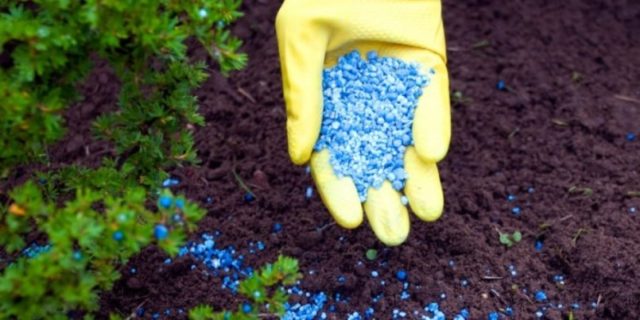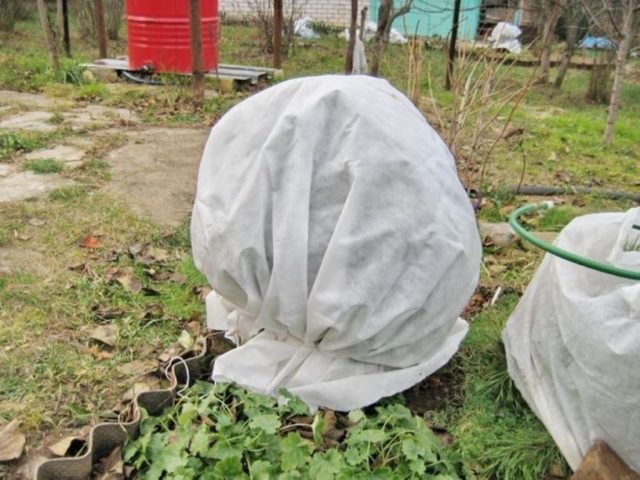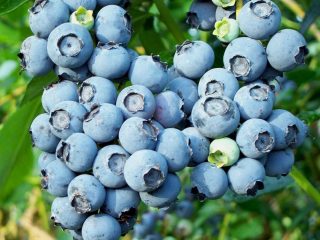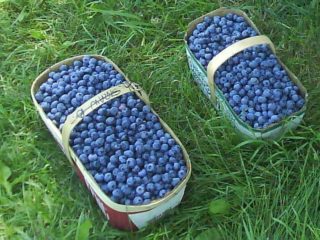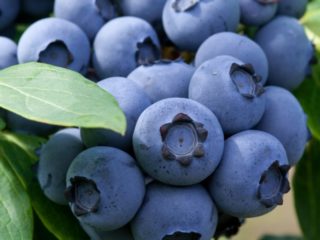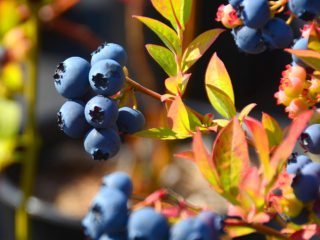Content
Today, berry crops are becoming increasingly popular because their cultivation is quite simple and even beginners can do it. Toro blueberries have excellent reviews from summer residents because they have large berries with excellent taste. Blueberries are a versatile berry that can be used either raw or canned.
Description of blueberry variety Toro
According to the description, Toro blueberry is a Canadian variety obtained through selection from the Earlyblue x Ivanhoe variety. The authors of the variety are A. Daper and J. Galetta. The variety was obtained more than 30 years ago.
Toro blueberry is a plant up to 2 m high, with powerful shoots. The bush is moderately spreading and has a high growth rate.
Blueberry leaves are elliptical in shape, their length is 3-5 cm. The color of the leaves is bright green.
The fruits are bluish-blue in color and round in shape, quite large, their diameter is up to 20 mm. They are collected in large clusters, similar to clusters of grapes. The fruits do not fall off when ripe and do not crack.
Features of fruiting
The Toro blueberry variety is considered self-pollinating. When cross-pollinated, the quality of blueberry fruits may deteriorate, so it is best to plant a monoculture. Well pollinated by insects. Blueberries are best pollinated by bumblebees.
The fruiting period for blueberries ranges from 30 to 40 days. The fruiting period lasts from early August to mid-September.
Toro blueberries are large, their diameter is 17-20 mm; up to 75 berries per 0.25 l. The maximum recorded size of Toro blueberries is 24 mm. Weight - about 2 g. The berries are easily torn from the brush, the tearing area is dry, its area is small. Toro blueberries do not crack when harvested.
The yield of Toro blueberries ranges from 6 to 10 kg per bush.
The taste characteristics of the variety are excellent. The Toro blueberry variety is a dessert variety.
The area of application of Toro blueberry fruits is universal. They are used in raw and processed forms. Processing includes the production of various sweets, juices, jams, etc. Toro blueberries tolerate canning well in a wide variety of options.
Advantages and disadvantages
The advantages of the Toro blueberry variety include:
- excellent taste, thanks to which blueberries displace their closest competitor - the Bluecorp variety, which is one of the best dessert varieties;
- abundant fruiting (6-10 kg per bush);
- almost simultaneous ripening of all fruits;
- ease of collection and storage;
- one of the largest blueberries with a similar ripening period;
- good growth of Toro blueberries, in comparison with other varieties;
- high frost resistance - from - 28 °C to - 30 °C.
Disadvantages of the variety:
- relatively high whimsicality and demands on soils, especially on the level of acidity;
- low heat resistance;
- sensitivity to drought;
- weak resistance to fungal diseases.
Features of reproduction
Toro blueberries are mainly propagated by cuttings. They are prepared at the end of autumn; cuttings 10-15 cm long are separated from the parent plant and rooted in a mixture of peat and sand in a cool place.
Blueberry cuttings should be regularly moistened and treated with a rooting agent several times a year. The formation of the root system and buds takes a long time - about two years.
A seedling prepared from a cutting, ready for planting, is capable of bearing fruit the very next year after planting.
Planting and care
Toro blueberries have certain planting rules, since the soil requirements are, to put it mildly, non-standard, and mistakes at this stage are critical. Next we will talk about planting and caring for Toro blueberries in more detail.
Recommended timing
Planting should be done either in early spring or late autumn. Blueberries must have time to adapt to the moment the vegetative buds open.
Site selection and soil preparation
For Toro blueberries, choose well-lit areas with well-drained soil, since blueberries do not like stagnant water. Optimal soil acidity is pH from 3.8 to 4.8. Despite the high level of soil acidity, high levels of calcium are recommended in both soil and groundwater.
Landing algorithm
Plants are planted from containers into planting pits measuring 100 by 100 cm and about 60 cm deep. Substrate must first be placed in the pits. It consists of the following components:
- peat;
- sand;
- rotted pine litter.
The components are taken in equal proportions and mixed thoroughly.
Before laying the substrate, drainage must be placed on the bottom. It is best to use gravel for this purpose.
The distance when planting between plants should be at least 2.5 m by 1.5 m. If planting in rows is used, then the distance between bushes is from 80 to 100 cm, between rows - up to 4 m.
It is necessary to shake the blueberry roots before planting so that they are not collected in a lump. The seedlings are buried 4-6 cm below the level to which they were buried in the containers. Next, you need to mulch the Toro blueberries with litter or peat.
Saplings over 40 cm in height are shortened by about a quarter.
Growing and care
Growing and caring for the plant is quite simple, but requires strict adherence to the plant’s agricultural technology. The main points in growing are timely watering, proper fertilizing and control of the acidity of the substrate. The latter is the most important, since soil acidity is the most important parameter on which the health of the plant and its productivity depend.
Watering schedule
The watering schedule is individual and does not have any specific deadlines. The main requirement for watering is to maintain a constant level of substrate moisture, but without excessively flooding it with water.
Feeding schedule
Blueberries are fed three times per season:
- In spring, half the volume of nitrogen-mineral fertilizers should be applied.
- A week before flowering, add half of the remaining volume.
- During fruiting, apply the entire volume of nitrogenous fertilizers remaining after the first two feedings, as well as potassium fertilizers.
The total amount of fertilizing applied throughout the season depends on the age of the blueberries.Ammonium sulfate or urea is used as nitrogenous fertilizers. Their quantity is about 30 g per bush up to two years old. In plants older than 4 years, this amount doubles. Nitrogen fertilizers are applied diluted in a concentration of no more than 2 g per 1 liter of water.
Potassium sulfate is used as potassium fertilizer in the amount of 30 g for two-year-old plants and 60 g for four-year-old plants.
It is also recommended to apply humus or rotted manure under the plant during the winter under the snow.
A sign of insufficient soil acidity is the redness of blueberry leaves. In general, in the fall it turns red in any case, but if this happens in the middle of summer, then the substrate needs to be acidified.
Acidification can be done using acetic, citric or malic acid. Colloidal sulfur can also be used for this purpose.
If citric acid is used, you need to dilute 5 g of acid in powder form in 10 liters of water and pour the resulting mixture over an area of 1 square meter. m.
For acetic acid, take 10 liters of water and 100 g of acid.
When using colloidal sulfur, it is necessary to add it in an amount of 40-60 g per plant.
Trimming
Pruning is done before the buds open - in March or April. In the first 4 years of life, the plant only needs sanitary pruning, and in subsequent years it also needs formative pruning.
The main purpose of formative pruning is to prevent excessive thickening of the branches. If necessary, trim off excessive growth on the periphery of the bush.
It is important to completely cut off branches of the lower tiers that are more than 2 years old, especially those that droop too much. The plant must maintain a raised trunk, and these branches will interfere with normal growth and formation of berries.
In addition, it is necessary to trim the lowest branches so that they do not become an obstacle when processing the plant. It is recommended to completely remove too old branches at the 5-6th year of the plant’s life.
Preparing for winter
For the winter, the shrub should be covered with film to prevent it from freezing. Despite the relatively high frost resistance of blueberries, in the event of a winter with little snow, there is a possibility of plant death.
The main thing in wrapping is to provide thermal insulation to the lower and middle parts of the bush. It is recommended to wrap the entire bush with film or agrofibre, and cover the bottom of the plant with sawdust or pine branches. The height of such a shelter is about 30-40 cm relative to the ground level.
Pests and diseases
The main problem when growing Toro blueberries is fungal infections. Most often, symptoms manifest themselves in yellowing of leaves and damage to the root system. For the treatment of fungal diseases, the standard use of copper-containing drugs, for example, Bordeaux mixture, is recommended.
Conclusion
Toro blueberry is one of the best varieties of this crop in terms of its combination of positive and negative qualities. At the same time, its growing conditions cannot be called too complex - in terms of labor intensity, garden activities for growing blueberries do not differ too much from similar activities for the same currants.The main thing in growing blueberries is to monitor the acidity level and respond in time to its deviations from the norm.
Reviews of Toro blueberries
